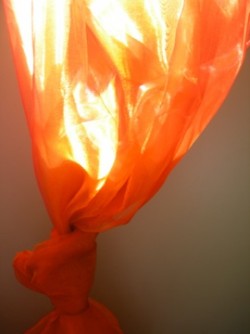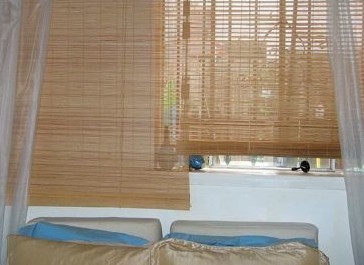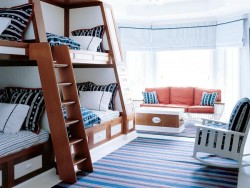The Various Aspects Of Modern Furniture
Saturday, July 11th, 2009Modern furniture refers to furniture techniques that have evolved in the 19th and 20th centuries. The way people look at furniture has changed a lot in the modern furniture era. In the past furniture was looked upon as something that provides status but in the modern furniture era furniture is looked upon as a utility product. Even now people look at the aesthetic value of the product but people’s attitude has undergone a sea change as far as buying furniture is concerned.
The modern furniture techniques have been developed on the basis of cultures of Africa, Asia and more importantly Japan. In the past furniture were designed only by following European styles but nowadays Japanese culture has gained the center stage. The major benefit with Japanese style is the practicality it offers in various ways. The materials that are used for making furniture have changed over time due to a lot of inventions. Cavemen used stones as their furniture then during the medieval ages wood was used and in the modern era in addition to wood materials such as steel, plywood and plastics are used for making furniture. While deciding upon furniture you should consider for what purpose it is to be used whether it is for indoor or outdoor purposes. The best wood for outdoor use is the teak wood. The advantage of teak is that it is resistant to any kind of weather. It could stand bad weather for many years. Teak wood would last for at least 15 years if maintained in a proper manner. The main advantage with teak as a modern furniture material is that it is resistant to termites on its own.
Modern furniture has many pioneers such as Noguchi and Eileen. Noguchi designed and created the famous coffee table which was known for its simplicity. Then Eileen designed the famous side table which stands out for its rational design. The form, shape of furniture has changed over the years and a variety of furniture is available nowadays.
The most important thing in using furniture is to maintain it properly. The ways in which furniture is to be maintained is described in the following parts. The one thing against which v is to be protected is moisture. When we use furniture in a humid climate it may swell and hence it has to be cleaned properly and regularly. You could also use a dehumidifier. Humid climate won’t be a problem incase of Amish furniture but incase of modern furniture it would be a problem. the next thing that has to be considered while maintaining furniture is to protect it against sunlight. Direct exposure of sunlight could cause cracks in the wood. It could even result in decreasing the life of the furniture. You could try polishing the furniture but it wouldn’t work against sunlight. The thing that you could do to extend the life of your furniture is to use some kind of mats to protect your furniture against scratches and spillages. Then you have to protect your furniture from termites and you could use some kind of varnish covering.

 Sheer drapery can be downright ravishing when treated like a bridal veil. For maximum effect contrast sheer organza with a stark, architectural rod, as follows:
Sheer drapery can be downright ravishing when treated like a bridal veil. For maximum effect contrast sheer organza with a stark, architectural rod, as follows: For an elegant but economical window treatment you can try to install matchstick blinds in a window frame and hung a pair of heavy starched white linen panels in front. Sunlight could slip through the matchstick blinds, hut when the linen drapery was drawn, the bedroom had privacy.
For an elegant but economical window treatment you can try to install matchstick blinds in a window frame and hung a pair of heavy starched white linen panels in front. Sunlight could slip through the matchstick blinds, hut when the linen drapery was drawn, the bedroom had privacy.
 You will also need at least two chests of drawers. Unpainted wooden chests of drawers are inexpensive and perfectly adequate. Or you can buy a modern furniture from us. Set them against the wall leaving a knee-hole space in between (to form an eventual desk/dressing table) and top them with some sort of easily cleanable laminate surface. If these can run along the length of one whole wall so much the better: such an arrangement looks neat and tidy and these are words you are going to be using a lot over the next ten years.
You will also need at least two chests of drawers. Unpainted wooden chests of drawers are inexpensive and perfectly adequate. Or you can buy a modern furniture from us. Set them against the wall leaving a knee-hole space in between (to form an eventual desk/dressing table) and top them with some sort of easily cleanable laminate surface. If these can run along the length of one whole wall so much the better: such an arrangement looks neat and tidy and these are words you are going to be using a lot over the next ten years.